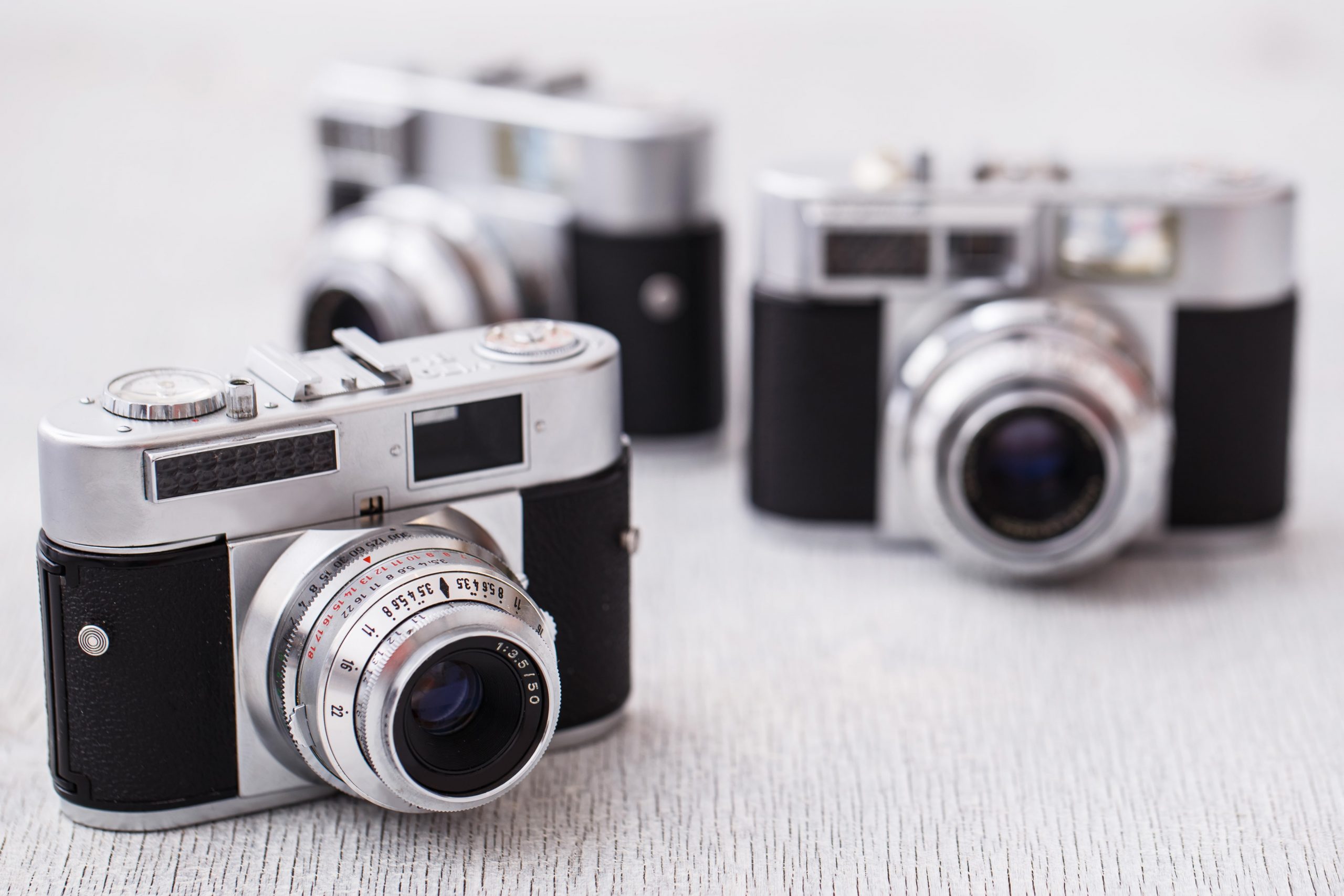
The market for camera devices is experiencing significant growth, driven by rapid technological advancements and the increasing popularity of photography as both a hobby and a profession. Selling cameras has become an attractive business venture, offering opportunities to cater to diverse segments of users. Understanding different types of camera devices, such as DSLRs, mirrorless cameras, and action cams, is crucial in attracting the right buyers. Effective selling requires a deep knowledge of the products, awareness of current trends, and strategic pricing that aligns with market demand. Knowing the target audience and tailoring approaches to meet their preferences can enhance sales potential. With the right strategy, businesses can tap into this burgeoning market and maximize their success.
Understanding the Different Types of Camera Devices
When it comes to choosing a camera, there are several types to consider, each with unique features that cater to different needs. DSLRs, or digital single-lens reflex cameras, are a popular choice for those who seek versatility and control. They are known for their robust build, interchangeable lenses, and advanced settings, making them ideal for both amateur and professional photographers who want to experiment with various styles and techniques. DSLRs tend to be larger and heavier, but their ability to perform well in low-light conditions and deliver high-quality images is a big draw for enthusiasts who don’t mind the bulk.
Mirrorless cameras, on the other hand, offer a more compact and lightweight alternative without compromising on image quality. They also feature interchangeable lenses and provide excellent video capabilities, making them a favorite among vloggers and travelers who prefer carrying less gear. With advancements in technology, mirrorless cameras often boast fast autofocus and high burst rates, appealing to those interested in action and sports photography. Their electronic viewfinder allows for real-time exposure previews, which is a handy feature for those who want to see how their settings affect the final image instantly.
Point-and-shoot cameras are the go-to for casual photographers who value convenience and ease of use. These compact cameras are designed for simple operation, typically featuring automatic settings that handle exposure and focus, allowing users to capture moments without fussing over settings. They are perfect for everyday snapshots and suitable for users who want something more than a smartphone camera but without the complexity of interchangeable lenses. Lastly, action cameras are built tough and tailored for adventure seekers. With their rugged design, waterproof capabilities, and wide-angle lenses, action cameras are perfect for capturing outdoor activities and extreme sports. They are compact and mountable, providing hands-free operation, which is invaluable for those who love documenting their adventures on the go. Each camera type serves a specific audience, ensuring there’s a suitable option for every photography enthusiast.
Evaluating and Pricing Camera Devices for Sale
When evaluating a camera’s condition to determine its value, one should start by considering a few key aspects. The overall physical state of the camera is crucial; a well-maintained camera with minimal wear and tear is generally more appealing to buyers. Look for scratches, dents, and any signs of damage on the body and lens. Ensure that all parts function correctly, including buttons, dials, and any electronic features. Cameras with original packaging and accessories such as straps or lens caps can often command higher prices. Image quality is another significant factor; a camera that still captures sharp, clear photos is inherently more valuable. Additionally, lens compatibility plays a role—cameras that can accommodate a variety of lenses often appeal to a broader market, enhancing their value.
Brand reputation should not be overlooked, as well-known brands with a history of producing reliable cameras typically hold their value better over time. To get a sense of how much your camera might be worth, research comparable models online by looking at listings for similar age, condition, and features. Pay attention to the demand for specific models or brands, as some may be highly sought after by enthusiasts or collectors, especially if they are vintage or rare. Don’t forget to factor in the age of the camera and any wear and tear it has experienced. By combining these insights, one can set a realistic and attractive price that aligns with current market trends, ensuring a successful sale.
Creating Effective Listings and Marketing Strategies
Creating compelling product listings is crucial for capturing customer interest and boosting sales. First and foremost, high-quality images are vital. They serve as the initial point of contact between the customer and the product, providing a visual representation that can significantly influence purchase decisions. For camera devices, these images should highlight key features, showcase unique details, and offer multiple angles to give potential buyers a comprehensive view. This not only helps the product stand out but also builds customer confidence by providing an accurate depiction of what they will receive.
In addition to stunning visuals, well-crafted product descriptions play a key role. These descriptions should be clear and detailed, explaining the functionality and condition of the camera devices in easy-to-understand language. Including specific information about features, technical specifications, and any unique selling points can help potential buyers understand the value of the product. It’s also important to address any potential concerns by clearly stating the product’s condition, whether new or refurbished, to set realistic expectations and reduce the likelihood of returns.
When it comes to marketing these devices, strategically choosing platforms is essential. Online marketplaces are a natural choice, offering broad exposure to a wide audience. However, leveraging social media can also amplify reach by engaging with communities and driving brand recognition. Additionally, specialized photography forums can be an effective channel for reaching enthusiasts and professionals who are specifically interested in camera devices. By sharing insights and engaging with these communities, sellers can build credibility and foster a sense of connection with potential buyers.
Conclusion
To successfully sell camera devices, it’s essential to begin by thoroughly understanding the product’s history, craftsmanship, and condition, as these elements significantly influence collector interest and value. Setting the right price is crucial, taking into account the camera’s condition, original packaging, and any signs of wear. Preparing the camera for sale involves ensuring it is fully functional, cleaning it meticulously, and gathering all accessories and manuals. Effective marketing through photography communities, forums, or camera fairs can enhance visibility and reach potential buyers. By carefully following these steps and choosing the right avenue for sale—whether online platforms, local shops, or direct collector engagement—sellers can unlock the true value of their cameras. With these strategies in mind, anyone can take proactive steps to market their camera devices effectively and sell with confidence.





